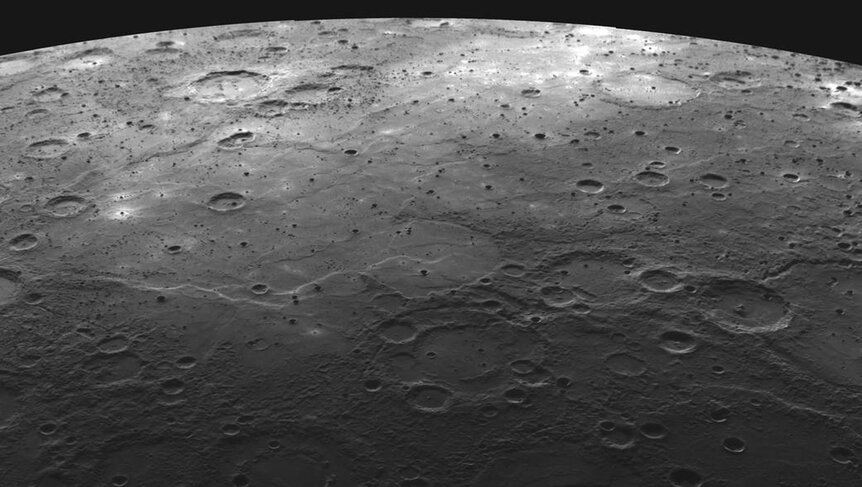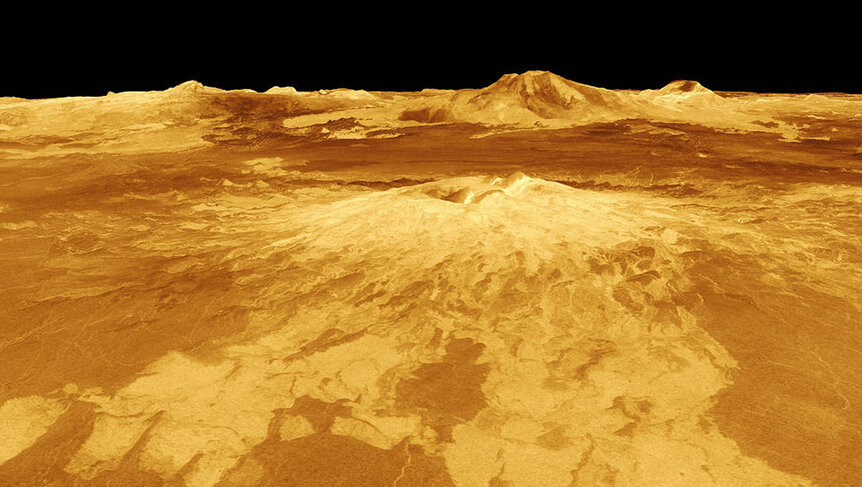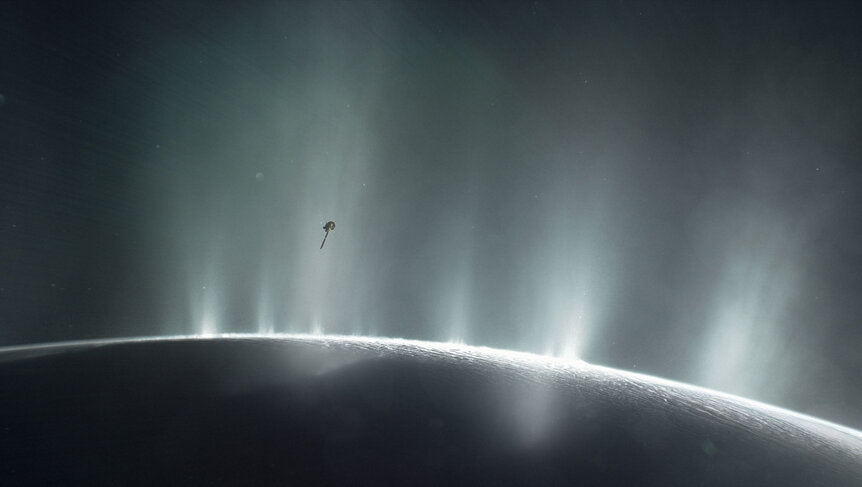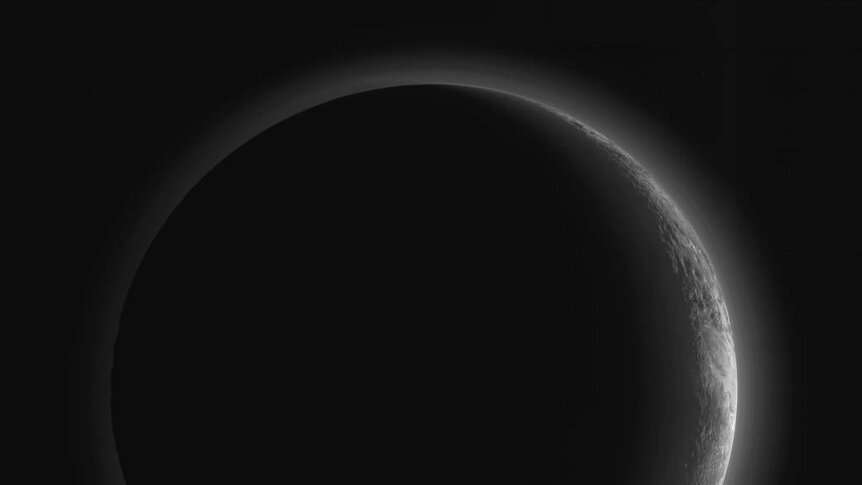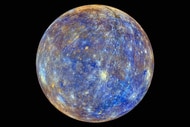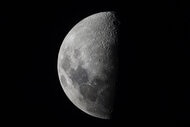Create a free profile to get unlimited access to exclusive videos, sweepstakes, and more!
From alien moons to frozen planets, NASA’s new mission plans are literally cool (and hot)
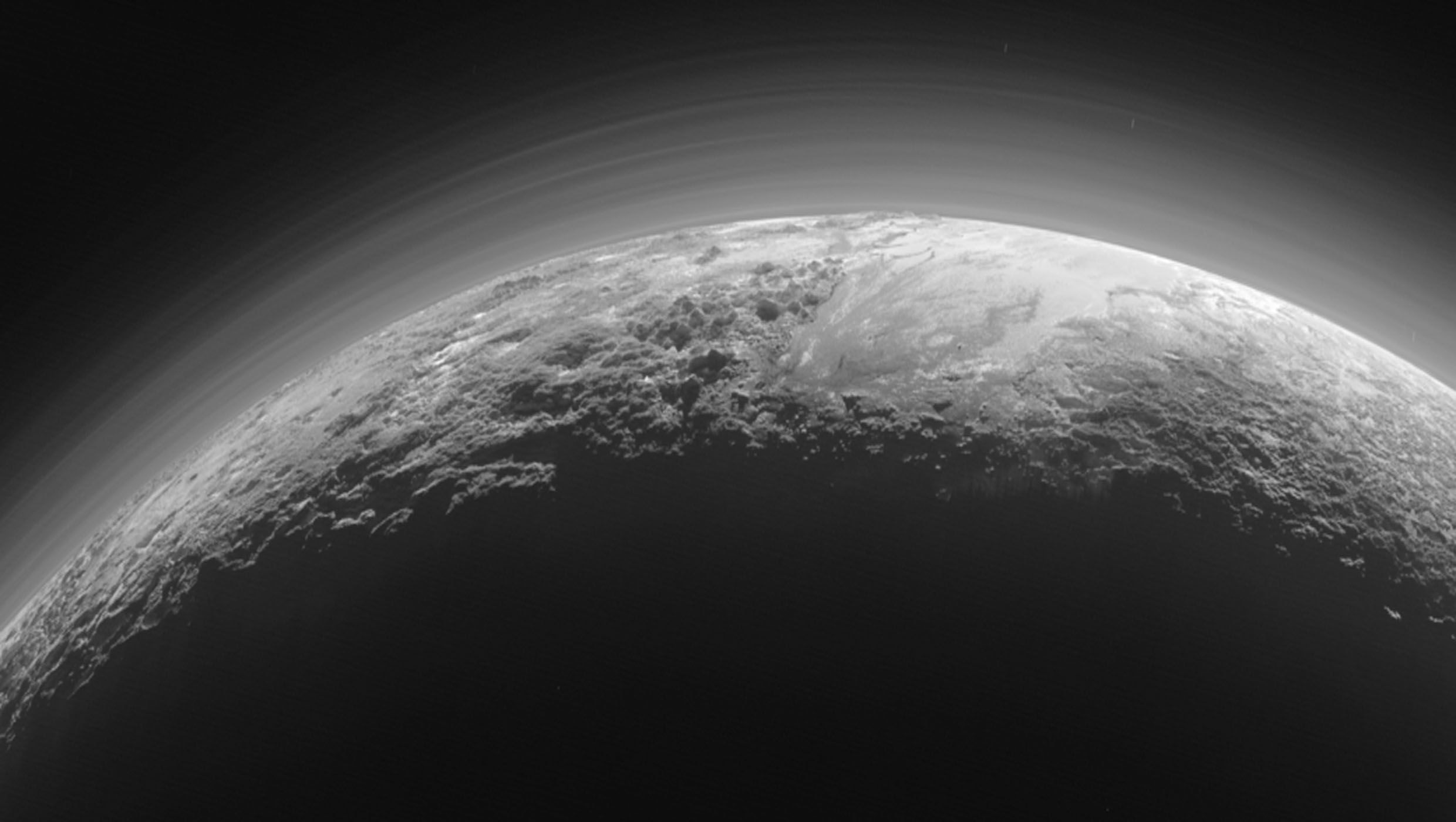
With Mars and the Moon pretty much getting all the attention when it comes to objects in space, we might have forgotten what other awesome things are floating out there, just waiting to be explored.
NASA just released a new list of mission concepts for the Planetary Mission Concept Studies Program that go far beyond the usual suspects. Sure, there are a few ideas involving Mars and the Moon in there (because why wouldn’t there be?), but there are also proposed missions for Mercury, Venus, Saturn’s icy moon Enceladus, dwarf planet Ceres, Neptune and its moon Triton, Pluto, and the strange things lurking in the Kuiper belt.
While this doesn’t mean these missions are guaranteed to happen, the concepts have made it this far. Here are the coolest, and biggest, revelations from the proposal:
Mercury might finally get a lander
While ESA’s BepiColombo mission is already en route with flybys planned for 2025, no one has ever landed anything on the planet closest to the Sun before. Much of Mercury’s geology and chemistry is still a mystery, and studying a rocky, airless orb could help us understand the Moon even better. The thing is that NASA will have to complete a study to determine whether it would even be possible for a lander to touch down on its surface.
According to the report, the space agency really wants to get a mission underway by 2023, writing: “Postponing a study until the 2030s would break the continuity of Mercury exploration and lead to a multi-decade gap between spacecraft visits to the planet.”
Something may also land on Venus, if it survives
No one has really had any luck with a Venus lander, since it’s basically a poisonous inferno of a planet that obliterates spacecraft. NASA is still burning to find out what volatiles exist on Venus, whether there are earthquakes or active volcanoes, and whether there was ever water and if it had once been habitable, which has been a controversial subject.
As they write in the abstract, NASA said that it wants “to provide a compelling Venus mission that advances key planetary science.” If there is going to be a robot that survives Venus, its structure and science instruments will have to be designed to withstand the searing heat and toxic atmosphere.
Could anything be crawling on Ceres?
Ceres has more water than any other body in the inner solar system except Earth. Found between the orbits of Mars and Jupiter, the dwarf planet might have a chance of aliens and even be an alien itself. NASA scientists believe that the ammonia and carbon on its surface might be signs that it came from the outer solar system.
The Dawn mission’s observations of Ceres (2015-2018) told us it was once an ocean world, with some ocean and ice remaining. That still wasn’t nearly enough to tell us whether Ceres is or was ever habitable. There is so much organic material hiding in the subsurface that further investigation is needed here. NASA has way too many questions about this frozen orb, especially mud-spewing volcano Ahuna Mons (above).
To find out what has eluded us on this dwarf planet, NASA said in its proposal that a mission "will require a combination of high-resolution geological and geophysical observations from orbit with in situ chemical measurements (elemental, mineralogical, isotopic) at multiple sites, possibly in combination with sample return."
We’re going to dive into Enceladus
With what NASA calls “the best characterized ocean environment beyond Earth,” there is a chance that something could be swimming in the ocean believed to lie under the icy crust of Saturn’s moon Enceladus. Cassini has shown evidence that the vast liquid water oceans on Enceladus are supposed to qualify as habitable. There is already proof of the right chemical makeup and energy sources to support life — but is that enough?
NASA's proposed mission to the glacial moon would require an orbiter, a lander, new "technologies suitable for surface and subsurface science at Europa (e.g. ICEE and SESAME programs)," according to the abstract.
The plumes of water ejected from Enceladus have shown traces of materials that suggest there could be a habitable environment at the bottom of that ocean just like those on Earth. A rotorcraft is already going to the methane seas of Titan, so it’s about time Enceladus gets its own mission.
Neptune will finally get some attention
Many ice giants like Neptune are thought to exist in the solar system, and they “challenge our understanding of planetary formation, evolution and physics,” as NASA said in the abstract.
What scientists are most eager to learn about ice giants is how they are born. Whatever we know about them now comes from models, which suggest that they don’t have much time to get it together. When the early solar system was forming, their cores of rock and ice are thought to have needed to grow large enough for their gravitational forces to trap hydrogen and helium at just the right time.
The timing issue makes the formation of an ice giant sound like a rare phenomenon, which is why NASA is also curious as to why so many of them are scattered around the solar system. An orbiter sent to explore Neptune and its moon Triton (above) could demystify the reason.
Pluto still counts, even if it’s not officially a planet
Pluto might have been demoted and then had its planetary status debated, but it is still of much scientific interest to NASA. The space agency is considering sending a small spacecraft to orbit the Pluto system for two Earth years, since you’d need at least 248 terrestrial years for just one Pluto year to pass.
“The proposed mission concept will address three key questions: Is Pluto an ocean world? What is the history of the Pluto system? What is the diversity of objects in the Kuiper Belt?” said the NASA abstract. “To answer these questions, the proposed mission will explore both new objects and Pluto system terrains that New Horizons did not observe.”
A subsurface ocean has been suspected to exist on Pluto for a while, and an orbiter that can measure its global gravity would be able to figure out whether there actually is liquid water beneath all that ice.
(via NASA)
